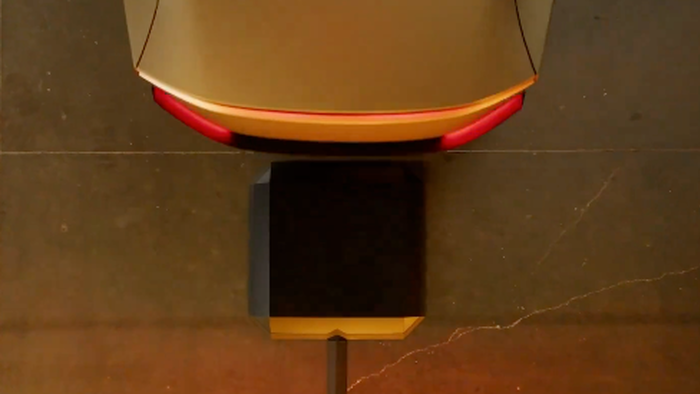In recent developments, Tesla appears to be on the cusp of significant advancements in electric vehicle (EV) technology, particularly with regards to wireless charging systems. A decade ago, the company was focused on refining automated technologies, exemplified by an automated robot arm rather than delving into aspects like wireless charging. The evolution of Tesla’s vision is evident in their recent communications, highlighting how far they have come, especially with the concept of a “robotaxi” featuring wireless charging, which eliminates the need for physical plugs. This innovative leap signifies Tesla’s commitment to enhancing user convenience and mobility.
Tesla’s interest in wireless charging technology seems to extend to their upcoming robotaxi models, with the potential for a wireless home charging station. Reportedly teased during an Investor Day presentation, the implications of this technology could be vast. Wireless charging pads, which use inductive charging systems, would provide a convenient and seamless way for EVs to recharge without the hassle of plugging in. This is particularly significant, given the existing issues surrounding traditional charging methods, such as theft at Supercharger stations. The prospect of eliminating physical connections could protect infrastructure while also enhancing the customer experience.
The introduction of wireless charging pads presents a solution to some practical challenges faced by Tesla users. Incidents of thieves targeting Supercharger stations for valuable copper wiring have created a barrier to reliable charging accessibility. In areas where such thefts are prevalent, a wireless charging system would not only reduce the vulnerability of charging infrastructure but also minimize operational interruptions for drivers. Such advancements reflect Tesla’s innovative ethos and focus on real-world usability in their technology.
Furthermore, it’s worth noting that Tesla’s development of wireless charging systems is not only a step toward convenience but also represents a broader trend in the automotive industry toward increased automation and efficiency. By targeting a system that requires no human intervention, Tesla is positioning itself at the forefront of the evolving EV landscape. If successful, wireless charging could usher in a new era for electric mobility, making the act of recharging as simple as parking a vehicle over a designated pad.
Looking ahead, the potential rollout of wireless charging technology in Tesla’s upcoming models could impact customer purchasing decisions and reshape the competition among electric vehicle manufacturers. Other automakers are likely to take note and adapt, potentially leading to a more widespread implementation of wireless charging systems across the industry. Tesla’s focus on pioneering these technologies not only reinforces its brand as a leader in innovation but also engages consumers who prioritize futuristic and convenient solutions.
In conclusion, Tesla’s journey from experimenting with robotic arms to developing advanced wireless charging systems illustrates significant progress in EV technology. As they prepare to roll out these features, particularly for their robotaxi concept, it is crucial to consider the broader implications for the automotive sector and consumer habits. If successful, Tesla’s venture into wireless charging could redefine the EV experience, offering a more user-friendly and streamlined approach to electric mobility that other manufacturers will be compelled to follow. The next decade promises to be filled with exciting developments as companies like Tesla continue to challenge traditional norms in the transportation landscape.

